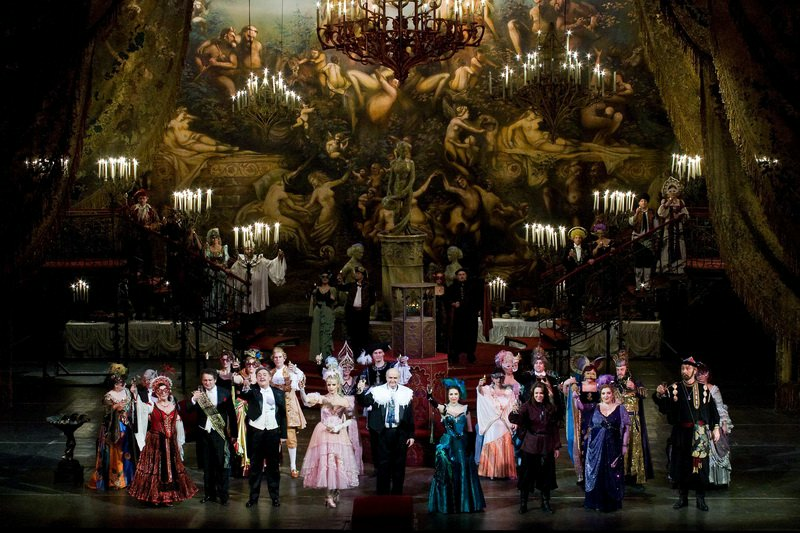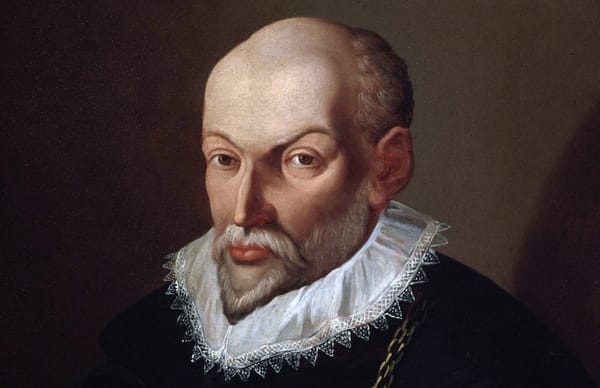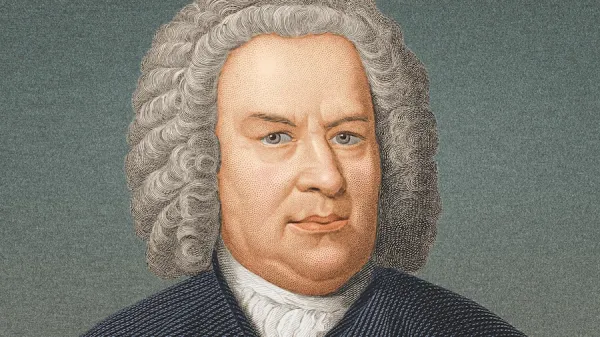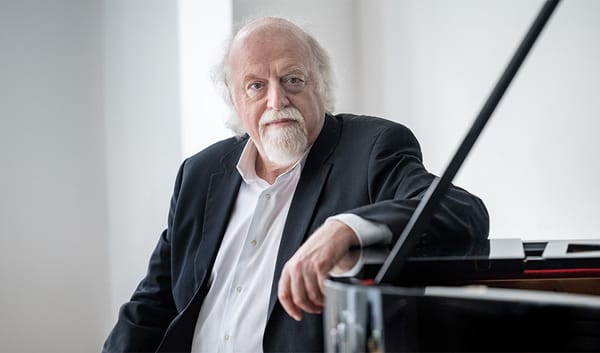Long Live the Operetta!

Operetta, a precursor of the modern musical, is often considered less serious than opera. We delve into the history of the ‘lighter’ side of opera to understand why the form continues to thrive in musical theatre of the 21st century.
Operetta emerged in the second half of the 19th century as an offshoot of the French opéra-comique, German Singspiel and even Italy’s commedia dell’arte. While opéra-comique is akin to a full-length stage work with serious subject matter (think Carmen) and Singspiel more of a light-hearted music drama, the operetta can be thought of as a shorter, lighter version that tackled topics ranging from the satirical to the romantic and from the comic to the absurd. Falling somewhere between an opera and a musical, and differing in scale and complexity from opera as we know it, operetta is a form of musical theatre that blends song with orchestral music, spoken dialogue and dance.
Some of the most notable operetta composers include Jacques Offenbach, Johann Strauss II, Franz Lehár and the duo Gilbert and Sullivan. From The Merry Widow to Die Fledermaus right up to The Mikado and the nautical-themed H.M.S. Pinafore, operettas continue to enthrall, albeit as sparkling new productions in a world far removed from the 19th century.
Origins of operetta
French composer, conductor and librettist Louis Auguste Florimond Ronger, better known as Hervé, might have written the first operetta (L’Ours et le Pacha) back in 1842, but it was the German-born French composer Offenbach who is widely regarded as the father of the form. Offenbach wrote over 100 operettas between the 1850s and 1870s, successfully taking the art form to new heights and stages beyond Paris. In 1850s France, the genre gained recognition as a light-hearted alternative to operas and mainly to satisfy the need for shorter works at a time when state-funded stage works were given a preference. Theatrical composers were up against the French government, which forced them to limit the number of speaking and singing characters to just two artistes. Still, Offenbach is said to have flourished at the time. Robert Planquette and Charles Lecocq were also notable; the French composers wrote popular operettas like La Fille de Madame Angot and Les Cloches de Corneville.
Orphée aux enfers (Orpheus in the Underworld), Offenbach’s first full-length operetta, premiered in 1858, was considered a true hit not only in Paris but also far beyond. The composer took the genre all the way to the U.S., Austria-Hungary and England. His influence reached England by the 1860s, when Gilbert and Sullivan composed Cox and Box (1866) in response to Offenbach’s Les deux aveugles (1855).
Even as Offenbach staged some of his works in Vienna in 1861, his popularity was short-lived as the entertainment-hungry public had begun to turn their attention to Viennese composers who had begun to write operettas of their own. Austrian composer Johann Strauss II, also known as the “Waltz King”, remains one of the most famous composers of operettas in the German language. His 1874 work Die Fledermaus would go on to become one of the most performed operettas in the world. Strauss the Younger, of “The Blue Danube” fame, wrote 16 operettas in his lifetime, all of which enjoyed successful premieres. His works were marked with a signature Viennese style of waltzes, marches and polkas.
A play on plots
Operettas can be described as the ‘lighter’ sibling of the grand opera, both in terms of music and dialogue. But it also has much to do with the fact that operettas are based on more frivolous and sentimental plots, oftentimes tinged with parody, satire and wit. The orchestration, however, was just as imaginative and the librettos, always supreme. Offenbach’s Ba-ta-clan (1855) was a hit one-act operetta that told the story of Che-i-noor, or China, being ruled by three Chinese who turn out to be a Parisian trio in disguise. Not only was it a satirical take on contemporary politics, but it also challenged the conventions associated with grand opera.
Gilbert and Sullivan’s H.M.S Pinafore parodied English party politics and the Royal Navy through the operetta’s comic plot that focusses on romantic liaisons between members of different social classes. In Die Fledermaus by Strauss II, we are treated to a rather ludicrous plot that involves mistaken identities, a masked ball, a character dressed as a bat and elaborate schemes with a few white lies thrown in for good measure.
Operettas can well be considered the forerunner of the modern-day musical, even as both forms of musical theatre simultaneously existed in the early part of the 20th century. The operetta had now reached far and wide, including Mexico, Cuba and the U.S. even as it thrived in the countries of its origin. Fresh adaptations of classics by Strauss II, Gilbert and Sullivan and Offenbach laid the groundwork for a new genre that would soon take over. Oklahoma!, for example, took America by storm with its commentary on social issues expressed as the perfect amalgam of song, dance and spoken dialogue. It is safe to say then that the operetta had given birth to the musical as we know it; the musical had become a new genre in itself. Next month, a fully staged production of Die Fledermaus directed by Hungarian film director and screenwriter Szinetár Miklós is set to arrive at the NCPA. A production of the Hungarian State Opera, the beloved operatic masterpiece has been a part of the Hungarian opera’s repertoire for over 100 years. The fresh rendition of Strauss II’s comedic tale, still among the most successful musical dramas of our time, is one that is not to be missed.
A fully staged version of Die Fledermaus by Johann Strauss II will be presented by Hungarian State Opera on 12th, 14th and 16th October at the Jamshed Bhabha Theatre.
By Beverly Pereira. This piece was originally published by the National Centre for the Performing Arts, Mumbai, in the September 2022 issue of ON Stage – their monthly arts magazine.





